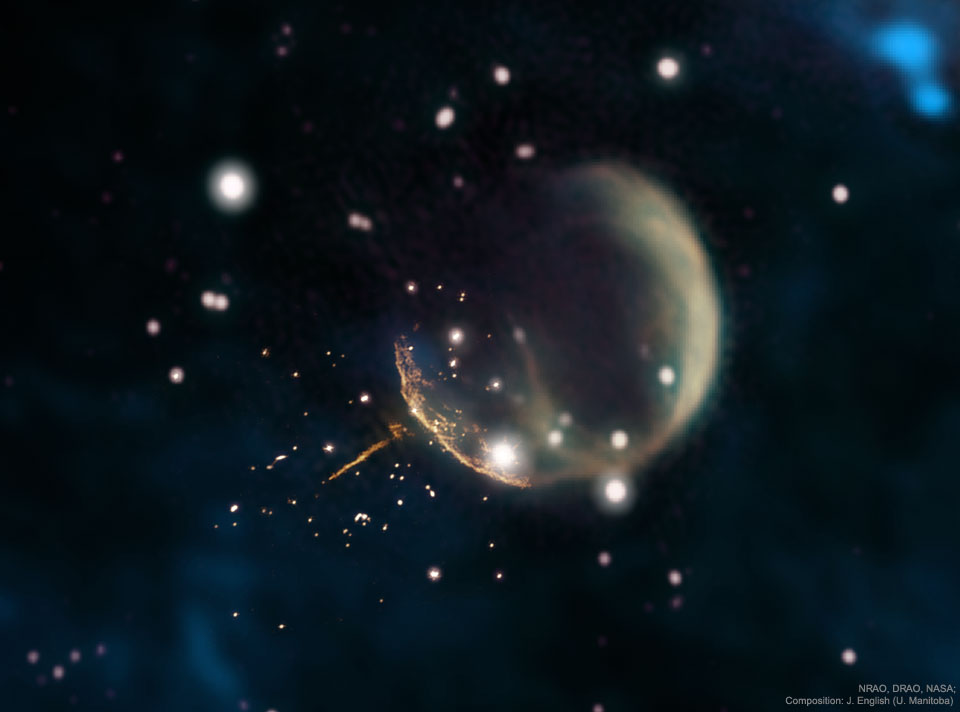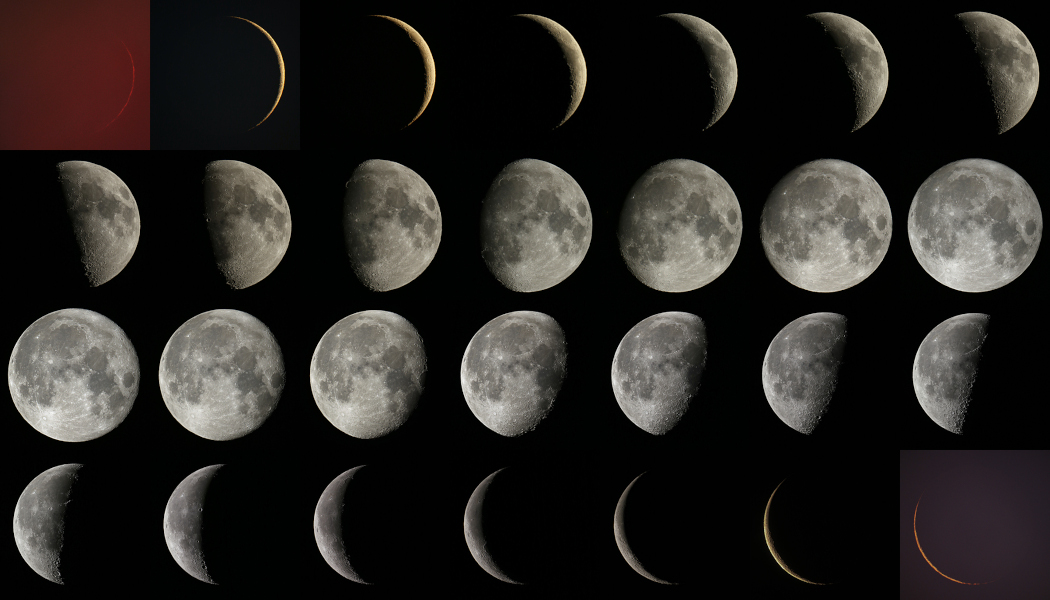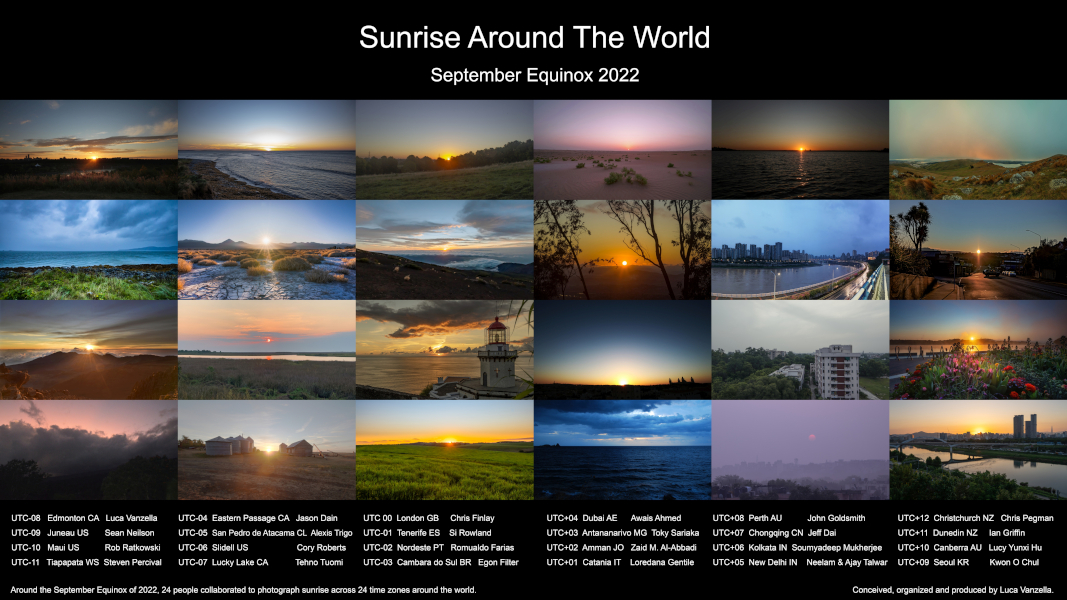안녕하세요, 잡학다식 입니다. 오늘은 과연 나사에서 어떤 방식으로 우주의 형상을 표현해 줄까요?
우선 이미지부터 볼 수 있도록 하겠습니다

해당 사진의 이름은 Supernova Cannon Expels Pulsar J0002 인데요 우선 NASA에서 공식적으로 발표한 설명들을 확인해 보겠습니다
What could shoot out a neutron star like a cannon ball? A supernova. About 10,000 years ago, the supernova that created the nebular remnant CTB 1 not only destroyed a massive star but blasted its newly formed neutron star core -- a pulsar -- out into the Milky Way Galaxy. The pulsar, spinning 8.7 times a second, was discovered using downloadable software Einstein@Home searching through data taken by NASA's orbiting Fermi Gamma-Ray Observatory. Traveling over 1,000 kilometers per second, the pulsar PSR J0002+6216 (J0002 for short) has already left the supernova remnant CTB 1, and is even fast enough to leave our Galaxy. Pictured, the trail of the pulsar is visible extending to the lower left of the supernova remnant. The featured image is a combination of radio images from the VLA and DRAO radio observatories, as well as data archived from NASA's orbiting IRAS infrared observatory. It is well known that supernovas can act as cannons, and even that pulsars can act as cannonballs -- what is not known is how supernovas do it.
이번에도 광활한 우주 앞에 인간이 얼마나 작은 존재인지 다시 한번 알게 되는것 같습니다
저는 내일도 더 좋은 사진과 함께 돌아오겠습니다, 그럼 행목한 하루 되시길 바랍니다
'과학상식' 카테고리의 다른 글
| NASA 나사의 오늘의 이미지들 (2022-10-04) (0) | 2022.10.05 |
|---|---|
| NASA 나사의 오늘의 이미지들 (2022-10-03) (0) | 2022.10.04 |
| NASA 나사의 오늘의 이미지들 (2022-10-01) (0) | 2022.10.02 |
| NASA 나사의 오늘의 이미지들 (2022-09-30) (0) | 2022.10.01 |
| NASA 나사의 오늘의 이미지들 (2022-09-29) (0) | 2022.09.30 |

